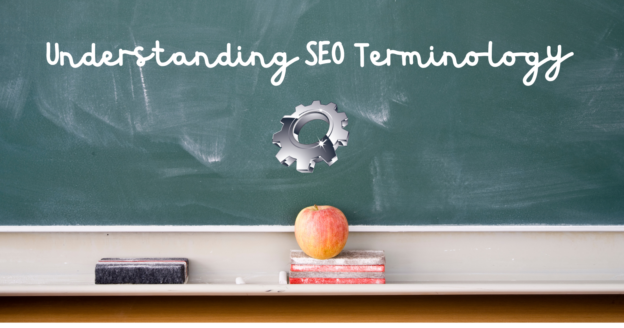Have you ever wondered why certain sites show up during a web search? The reason is SEO. SEO, or Search Engine Optimization, is a digital marketing strategy that can increase the visibility of your website’s pages in a web search on search engines such as Google or Bing. Why does this matter for your website? Sites with better visibility are usually those that are higher ranked on the search engine results page, which means more web traffic.
How SEO Works
Search engines will “crawl” your pages, collecting information on them and then indexing that information. When a search is executed, an algorithm analyzes the pages it has indexed, evaluating elements such as site reputation and a user’s location to generate the most relevant results for the user. Sites with large amounts of content and good reputations have a better chance of ranking higher.
You’ll find a wealth of affordable SEO solutions for your website at SEOTuners.com.
Check out our cost-effective SEO packages that can save you money while establishing your presence on the web.
To speak with an expert from SEOTuners,
call (877) 736-1112 or contact us today.
Two SEO strategies can improve your website’s visibility: on-site optimization and off-site optimization.
On-site optimization: also known as on-site SEO, this component focuses on optimizing elements on your website as a way to improve its position in search rankings, thus increasing the amount of internet traffic to your site. This type of optimization is something that, for the most part, you can control. Elements such as the title of a page on your site or keywords used can improve your site’s visibility.
Off-site optimization: this includes the components that aren’t actually on your site but can still improve your site’s position in search rankings. These components are typically out of your control such as attracting links from social media and other websites.
Algorithms
While there are a variety of search engines to choose from, the most popular by far is Google. Google has a variety of algorithms that are designed to improve user experience such as:
Hummingbird: the name of a 2013 algorithm in Google Search; this algorithm uses phrases rather than keywords to better understand the intent and context of search queries to match them with relevant pages and results.
Penguin: an algorithm that penalizes websites for violating Google’s Webmaster Guidelines. Reasons for penalization include keyword stuffing and manipulating the number of links that led to a site’s page.
Panda: a Google update that penalizes “thin” sites with “low-quality content” by ranking them lower on SERPs (see definition below). This algorithm aims to prioritize higher-quality sites.
Other Key Terms That Can Help You Understand SEO
SERPs: Search Engine Results Pages; the results and pages that come up in response to a search.
Local SERPs: the results that come up in response to a local-based search; the site visitor’s location affects these results.
Organic SEO: natural methods and strategies that help a site get high rankings on SERPs. With organic SEO practices, high rankings on SERPS are achieved through optimization strategies mentioned under white hat SEO rather than paying for ads. In fact, with organic SEO, you cannot pay search engines to get higher rankings. There is still the option to increase the visibility of your website by paying for ads, but this visibility ends when the payment ends. Organic SEO is a longer-lasting way to attract traffic to your site, and it’s free. Think of organic SEO as an investment – the more content you build for your site, the more likely it is that your site will generate traffic.
SEO UX: UX stands for user experience; the added “UX” emphasizes how SEO has shifted its focus to the user’s experience in an effort to move away from highlighting pages that are chalked full of keywords.
Sitemaps (XML and HTML): Sitemaps allow search engines to efficiently “crawl” a website to index the information on a site’s pages. The two main types of sitemaps are XML and HTML. XML is used by the search engine; it indexes information on a site’s content and the general importance of a site’s pages. One of the benefits of an XML sitemap is that the site’s owner can choose the specific pages or information it wants the search engine to crawl and index. HTML is used primarily by the site visitor; it structures the site’s content in a way that is user-friendly.
The above definitions are some of the many terms used in the world of SEO. However, SEO, like all things on the internet, is constantly changing, and search engines like Google are constantly releasing new algorithms or programs that are sure to affect how these practices are done. Constant tweaks to your site are necessary to ensure all the proper tools are in place for SEO optimization. SEO Tuners can help maximize your website’s potential through our organic SEO services, which follow a white hat approach. We also offer a variety of SEO packages that are customizable to fit your company’s budget. We are available to answer any questions you may have on SEO or any of our other digital marketing services. For more information, visit us at www.seotuners.com, or call (877) 763-1112.

